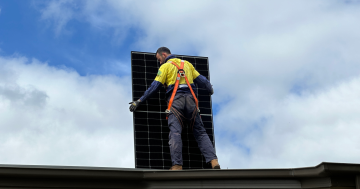The Canberra Times informs us that the cost of the feed-in tariff for solar electricity (whereby the wealthy who can put solar panels on the roofs of houses they own get paid vastly inflated amounts of money for the power they make) is going to bump an extra $225 a year onto everyone else’s electricity bills.
Better get rich or die trying, because the new green economy is going to be hell for little people.





















